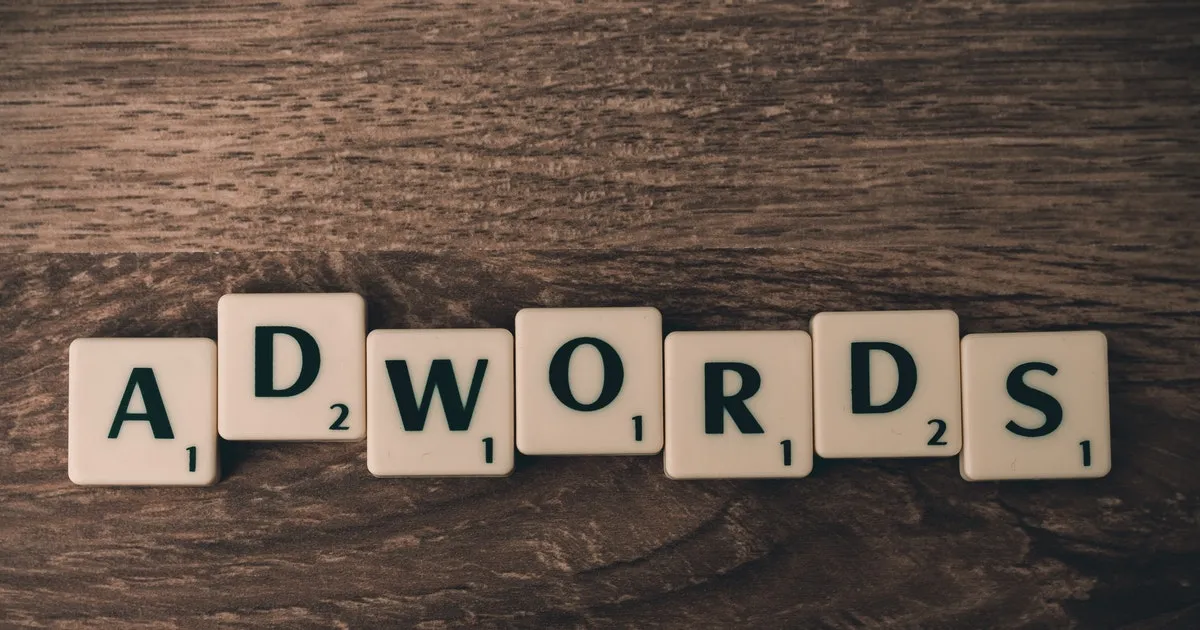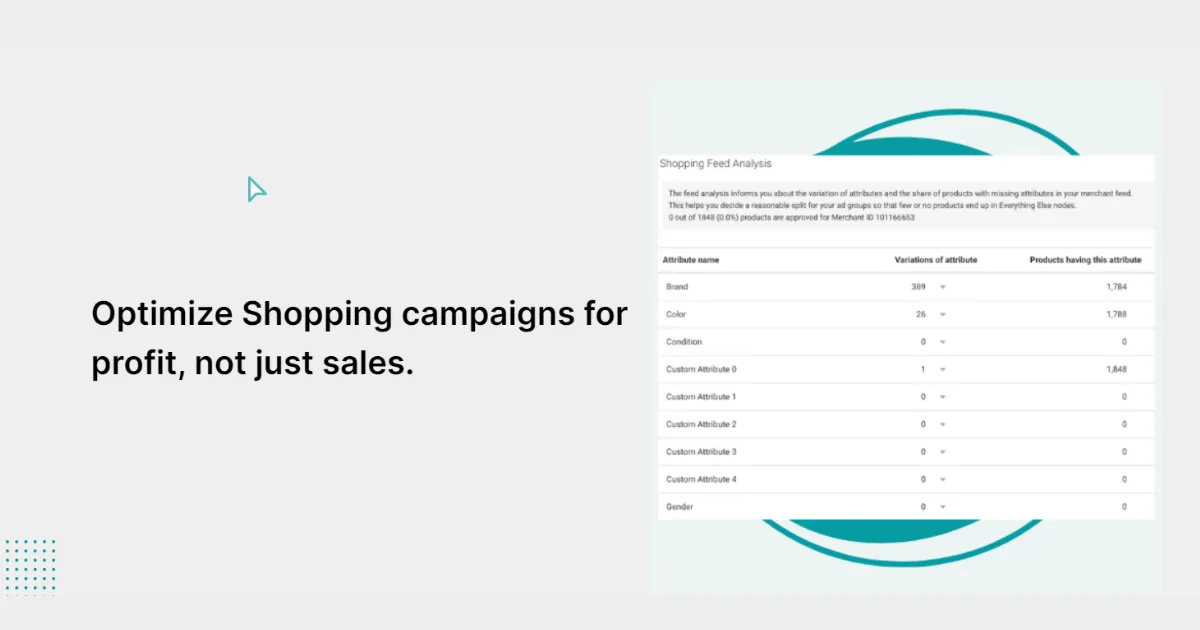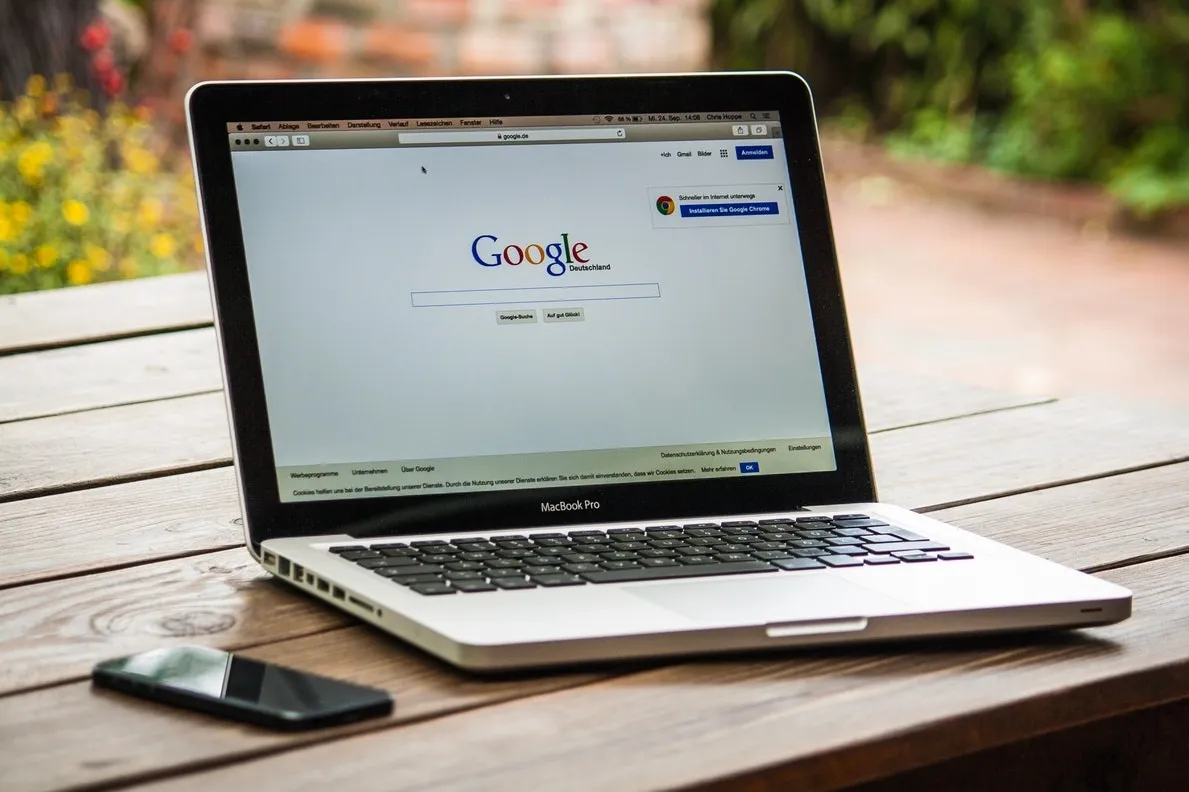As the doom and gloom of COVID-19 fades, we’re hearing fewer conversations about troubleshooting and more about solving problems. The world is settling into its ‘new normal’ — at least for the near future.
Google is playing a key role in helping PPC professionals shift from just weathering the storm to being creative once more. So if you work in digital marketing or paid search, here are 3 recent Google developments in PPC and why you should care.
1. Google Shopping reintroduces free listings
First up, in what is arguably the most significant announcement from Google since the current economic crisis began, a portion of Shopping Ads will now be free listings. That means any advertiser who hasn’t prioritized them due to budgetary considerations now needs to rethink their approach.
Free listings allow more advertisers to get their products noticed at a lower investment, and somewhat levels the playing field for SMBs who might ordinarily lose out to far larger competitors.
It’s important to note that Google hasn’t entirely demonetized this product. While some listings will be free, paid ads will still appear at the top and bottom like a normal SERP.
A lower entry threshold also means a surge in interest from advertisers, which subsequently leads to the need to optimize your shopping campaigns with tools like Optmyzr.
Optmyzr’s Shopping Campaign Builder 2.0 lets you connect a Google Merchant Feed, and our machine provides intelligent suggestions to help you group products, manage bids and budgets, and adjust parameters to your preference.
Once you have some campaigns running, you can further strengthen existing campaigns — add negative keywords, manage bids by product attribute, or automate the Product Group Refresher 2.0 to periodically update campaigns to reflect your inventory.
By the way, we’re starting to see these free listings in use already. PPC influencer Kirk Williams of Zato Marketing has seen outliers of 0.5-11% of Google shopping clicks coming from this free channel (perhaps 5-6% is a more accurate estimate). This is limited to the US, but it appears Google is ahead of schedule in rolling it out across other markets.
Action Item for Advertisers: Make sure you have given Google permission to show your products on all surfaces if you want to be in consideration for free Shopping listings.
2. Google makes advertiser verification a must
To quote Google’s recent notice on this subject:
“Users should be empowered to make informed decisions about the ads they see online. That’s why we’re launching advertiser identity verification, a policy that requires advertisers to verify their identities for ads served through Google Ads.”
Let’s break down the implications for both consumers and advertisers.
If you’re a consumer, this is probably a very welcome move. For one thing, it means your chances of buying a counterfeit product when you click on a Google ad are about to drop to virtually zero.
On top of that, it enables a high degree of customization. Consumers can block advertisers whose content they find irrelevant, out of touch, distasteful or uninteresting. Or you can simply blacklist advertisers based on your experience buying from them.
That means if you buy an NBA jersey and it’s a knock-off, you can block that seller’s future ads altogether. Ordered a birthday gift for your spouse and got it two weeks later than promised? You never have to see that company’s ads again.
Call it a huge win for Google’s reputation when it comes to privacy and trust.
Advertisers will be affected as well. In addition to filtering out questionable sellers, Google’s new policy poses questions about data privacy.
- What information will they need to verify advertiser identity?
- Will that information be stored and if so, where?
- How safe is that information? Who will be able to access it?
Scam artists will wither, but legitimate advertisers will rightly have some concerns.
Item 3: Call ads with website link
The final announcement we’re covering here is the introduction of Call Ads with an optional website link.
For anyone unfamiliar with this category (previously known as Call-only Ads), it’s a type of mobile ad that includes a phone number. A ‘click’ leads to a call — to the advertiser’s front desk, a sales rep or other destination.
Now, the addition of an optional ‘Visit website’ call to action enables advertisers to split traffic between a phone number and a landing page.
Let’s take a look at two examples of how businesses can leverage these ads, keeping in mind the current economic and logistical landscapes.
Example A: Steaks
If you eat meat, chances are you enjoy a good steak. It’s why companies like Omaha Steaks have turned online fulfillment into a cornerstone of their business model.
Right now, since people can’t go out to restaurants, they’re probably buying a lot more steak to grill at home. So in other words, demand is through the roof. If you’re a steak company, you have no way of coping with the surge.
So you place some of these new Call Ads to direct some of that traffic to a phone line, while the rest of it ends up on a landing page with all your products and an order form. Now you’re able to cater to all your potential customers instead of sitting on supply you can’t move.
This example applies to any business that fulfills orders via e-commerce but is also useful if you’ve recently moved from brick and mortar to online fulfillment. It lets you absorb and service traffic without having to make a significant investment in sales staff.
Example B: Hotels
Travel and hospitality are arguably the worst-hit industries right now. But if you’re a hotel trying to get by during this crisis, the last thing you want to do is go out of sight and mind.
Imagine you’re a popular hotel situated downtown in one of the world’s most visited cities, like Rome or New York. Until recently, you probably enjoyed a significant chunk of Impression Share for your search terms.
As part of your wider digital marketing strategy for the Coronavirus crisis, you change your messaging to offer hope for the future instead of trying to achieve conversions. You share your plans to reopen, tell visitors how you’ll facilitate social distancing when it happens, and provide some sweet incentives to tempt them.
And because you know people crave travel (especially when they can’t have it), you fully expect to keep getting calls. But due to local restrictions, your front desk is now staffed by one person instead of your full crew.
So you adjust your Call Ads to include a link to your website or landing page with the new messaging, you split the traffic that would otherwise overwhelm your one-person front desk, and you maintain visibility for your brand while your competitors fade into the background.
Conclusion
It’s heartening to see Google embrace its influence and make the web a safer, more convenient place for consumers and advertisers alike. In times like these, every industry needs its leading organizations to keep the right values in mind as they set the pace.
Each of us — agency or consultant, enterprise or startup — needs to follow suit.
We’ll be using these developments to make sure Optmyzr customers continue to experience optimal value by using our product.








